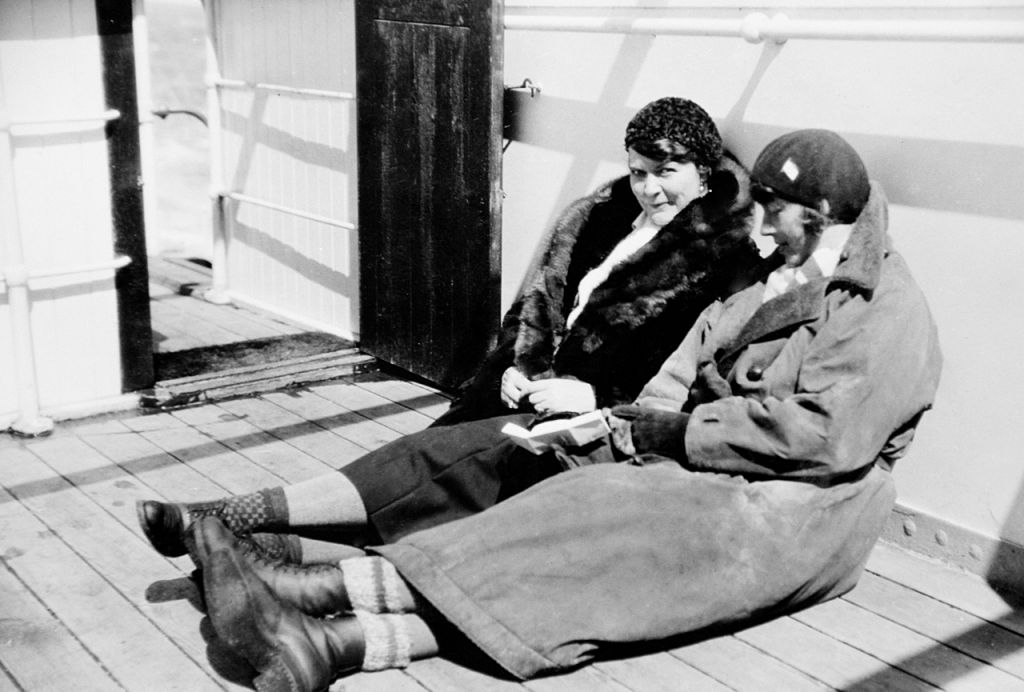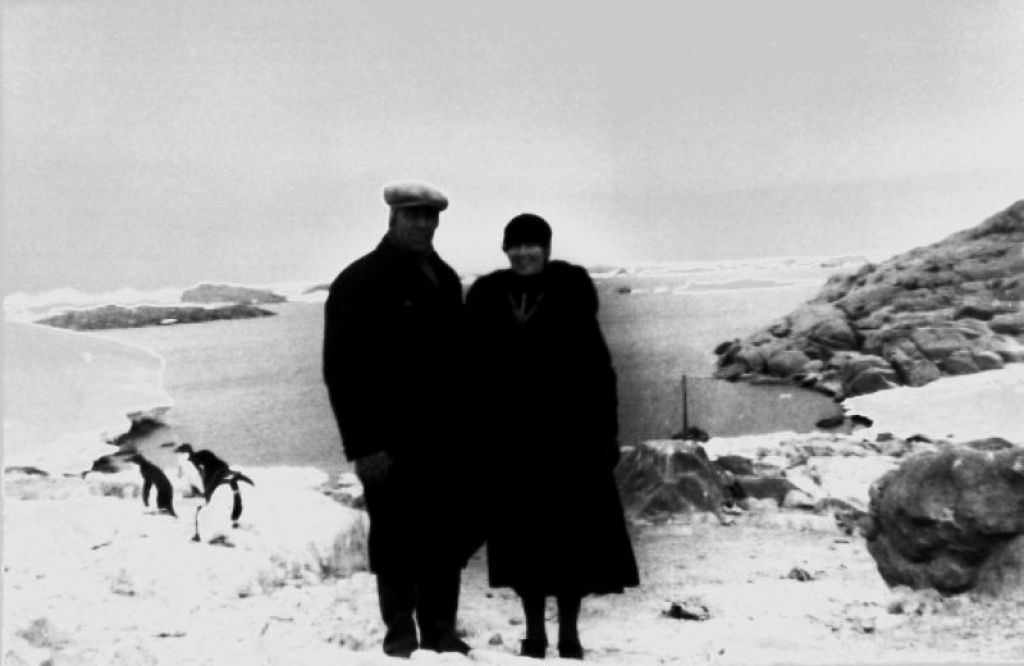whaling wives of the antarctic
my donal
Oh my Donal he works on the sea
With the waves blowing wild and free.
He splices the rope and sets the sail;
Now he is awa tae the home o the whale.
Oh he ne'er thinks of me far behind
O' the torments that rage in my mind.
He's mine for only half part o the year,
Then I'm left all alone with nought but a tear.
Oh guid ladies who smell the wild rose,
Think ye for your perfume to where a man goes;
Think ye o the wives and bairnies so young
'Cause their man ne'er returned from hunting the sperm.
For many years I naively thought that the folk son ‘My Donal’ was written by a woman longing for her husband while he roamed the Southern Ocean on a whaling ship for months on end. In fact, the song was written by Owen Hand, a Scottish folk singer who went to sea three times as a whaler. After all, who else would know how the waves blow wild and free than the men on board themselves.
In fact, there were a number of women during the whaling age who very much knew what life was like on board ships bound for the icy Southern Wild. Accompanying their husbands on voyages South, these women became pioneers and clocked up several ‘firsts’ for female Antarctic exploration. They included an adventurous Norweigan woman named Ingrid Christensen and her friend Mathilde Wegger. Ingrid’s husband was whaling magnate Lars Christensen whose expeditions to the Antarctic combined business, science and exploration. In 1931, Ingrid and her travel companion Mathilde Wegger joined Lars on board the Thorshavn. In doing so, they became the first women to see the Antarctic. Ingrid was 38 at the time with 6 children at home. She would embark on three more journeys to the Antarctic.

Four years later, in 1935, Caroline Mikkelsen, also sailed South on the Thurshavn whose captain at the time happened to be her husband Klarius. When Caroline landed on the Tryne Islands at the edge of the Vestfold Hills, she became the first woman to set foot on an Antarctic Island. The Mikkelsen Cairn is now a historic monument in Antarctica, marking the spot where she landed and raised the Norweigan flag.
Then, in 1936, Ingrid Christensen left for her fourth and final voyage South with her daughter Sofie and friend Lillemor Rachlew. The three women were also accompanied by Solveig Wideroe whose husband was an aviator on board. After months at sea and over 100 years since the first man landed on Antarctica, Ingrid, Sofie, Lillemor and Solveig stepped ashore at the base of Scullin Monolith, and without knowing, became the first women to set foot on the continent.
In stark contrast to the well documented successes of heroic men in Antarctica, the stories and achievements of these women were scarcely documented. Nevertheless, the whaling wives were the lucky ones. During these early years of exploration, travelling South as a woman was virtually impossible — many independent, resilient and experienced women applied to the expeditions advertised by Scott, Shackleton and Mawson but all were rejected.

For many years women continued to fight for the opportunity to travel and work in Antarctica. Slowly but surely their determination paid off and women began to trickle into Antarctic history not just as male companians but as scientists, explorers and pioneers. It has arguably been a slow journey; Janet Thomson became the first British woman to visit the Antarctic in 1977 (on an American expedition), and only in 1983 did the British Antarctic Survey allow female scientists to travel South. I hope to write more about the individuals who helped to break down the gender barrier in Antarctic science and exploration but in the meantime I must prepare for my own journey. In one week I will travel to Bird Island, in the sub-Antarctic archipelago of South Georgia and will no doubt be thinking of the amazing women who have been there before me.
Sources:
Encyclopedia of the Antarctic, Volume 1, Beau Riffenburgh
Frozen voices: Women, silence and Antarctica, Jesse Blackadder
Heroines of the Ice, Jesse Blackadder
British Library, Voices of Science: Janet Thomson